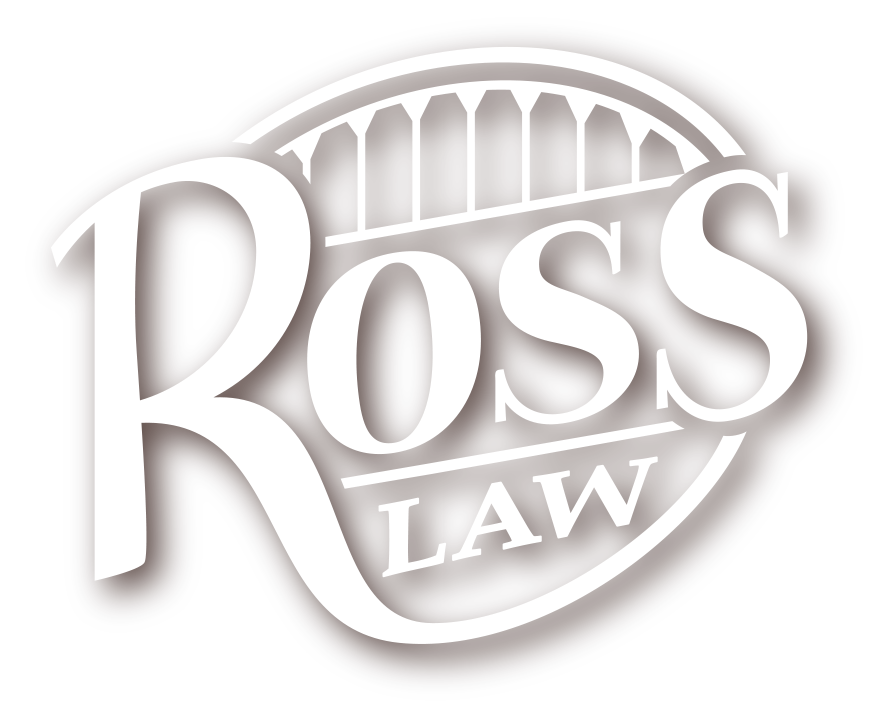The rain has finally left us for a few days. However, this morning's commute was hindered by a thick layer of fog throughout the Portland metro region. Driving in fog can be very dangerous if people do not adjust their driving techniques. Things happen very quickly in the fog. As the video below shows people can be seriously injured by driving too fast in thick fog. .
Click on Video To See What Happens If A Person Drives Too Fast In Thick Fog!
1) SLOW Down! It should go without saying, but people often drive too fast for conditions. Fog can be difficult to drive in because it can suddenly become very thick completely obscuring visibility. Remember you can get a traffic ticket for driving the speed limit if an officer believes you are driving too fast for conditions. Read my previous blog article for more information.
2) Be On The Look Out for Cyclist and Pedestrians! Cyclist and pedestrians are already difficult to see in low light situations. Fog can compound the issue. Additionally, drivers may cross the white line (fog line) on the right side of the road that divides the bike lane from the traffic lane because they are concerned that they will get in a head on collision. Driving close to the fog line is very dangerous especially in areas where cyclist and pedestrians are along side the road.
3) Use Your Low Beam Headlights! Thankfully most drivers use their headlights in low visibility situations. However some drivers instinctively use their high beams when driving in the fog. I guess the theory is you can see better through the fog if you have a brighter light shining. The exact opposite is true. High beams cause the light to reflect and refract off of the fog and makes it very difficult to see. A driver can create a more dangerous situation if they are using their high beam headlights in the fog.
4) Remember to Turn off Fog Lights When On-Coming Traffic Approaches! Many vehicles are equipped with fog lights. These bright lights are directed low at the road and can increase visibility for the driver. NEVER substitute fog lights for headlights. You should use both. Oregon has very specific laws regarding fog lights. The Oregon Department of Transportation (ODOT) has advised that people should turn off fog lights when they are within 300 feet of oncoming traffic during low light situations. A low light situation is at night, dawn, or dusk. ODOT asserts that fog lights are very distracting to on-coming drivers.
5) If it is difficult to See The Yellow Lane Divider Try Concentrating on the Fog Line! As a teenager I learned to drive on the coast. Fog constantly blanketed the little town I lived in. I was forced to learn very quickly how to drive in very think fog. My father thought me a trick that I have relied on for decades. It turns out that this is a well known trick that ODOT recommends. Sometimes the center yellow line is difficult to see or a driver will focus too much on it. On coming traffic can make the situation worse, especially at night. That is where the fog line comes in. The fog line is the white line to the right side of the road. I have found it is much easier to focus on the fog line in dense fog. You don't get temporarily blinded by on-coming head-lights and you do not find yourself hugging the yellow lane divider. However, this trick can create issues if you are in an area where cyclists and pedestrians are on the side of the road. It is very important to remember to give them enough room.
I hope these tricks are useful and help you drive safely in Oregon's fog. However, should the unthinkable occur and you are injured in a crash please call me at 503.224.1658. Ross Law LLC is happy to provide free personal injury consultations to Oregon Drivers. Please remember these suggestions are based on my personal experience and are not legal advice. This post is intended for informational purposes only. Also, please remember this blog, this article, and this web-site can be considered attorney advertising.

